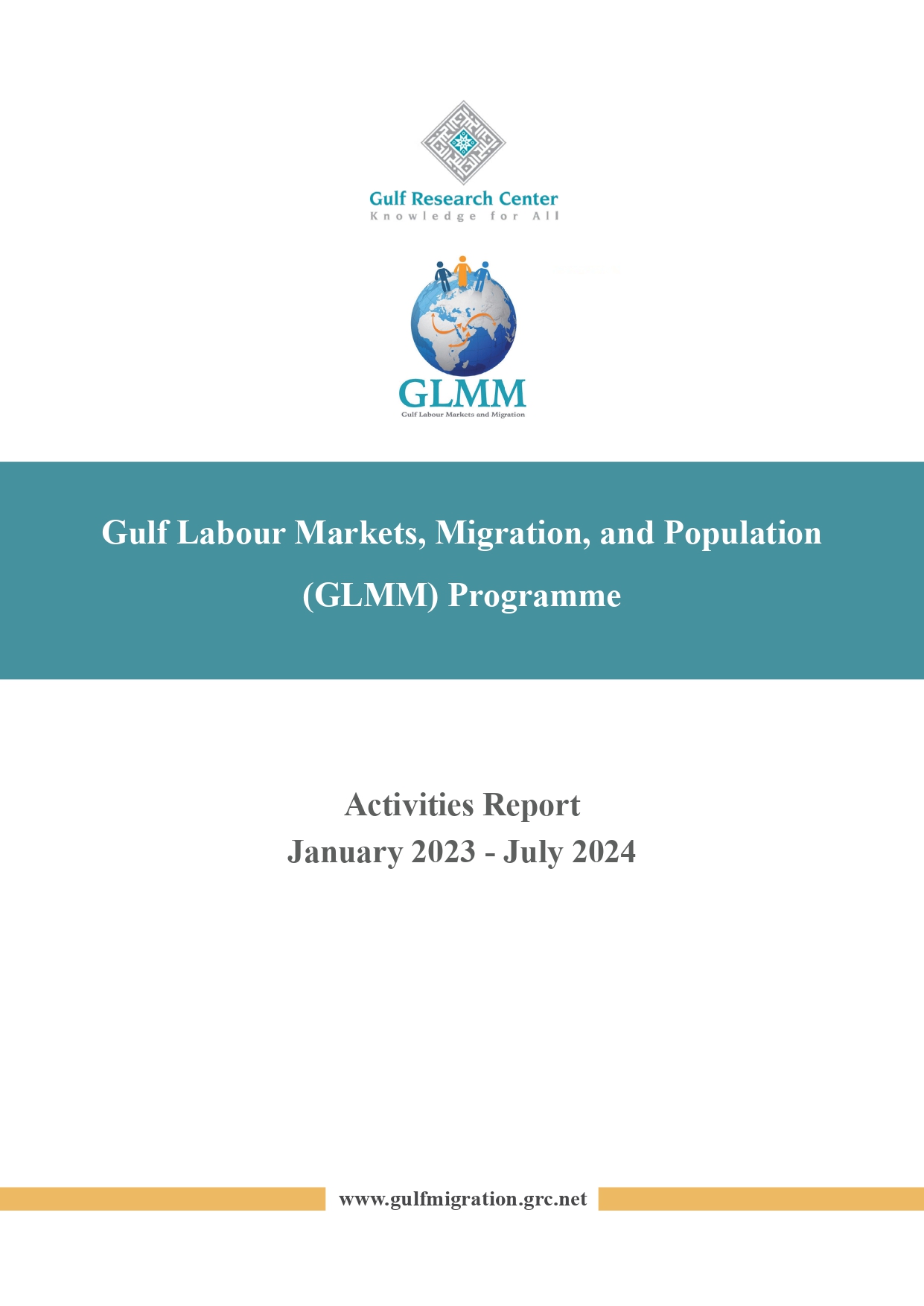Kuwait: Population by nationality group and sex (2018)

| Males | Females | Total | % females | |
| Kuwaitis | 686,475 | 716,638 | 1,403,113 | 51.1 |
| Arabs | 855,136 | 405,926 | 1,261,062 | 32.2 |
| Asians | 1,364,546 | 503,662 | 1,868,208 | 27.0 |
| Africans | 9,752 | 37,475 | 47,227 | 79.4 |
| Europeans | 9,866 | 8,210 | 18,076 | 45.4 |
| N. Americans | 12,487 | 8,026 | 20,513 | 39.1 |
| S. Americans | 1,035 | 778 | 1,813 | 42.9 |
| Australians/ Oceanians | 946 | 680 | 1,626 | 41.8 |
| Total non-Kuwaitis | 2,253,768 | 964,757 | 3,218,525 | 30.0 |
| Total | 2,940,243 | 1,681,395 | 4,621,638 | 36.4 |
Source: PACI
ANNEXED NOTE
1. Characteristics of data and definitions
The source of data used here is the Public Authority for Civil Information (PACI), an independant government body in charge of :
1- centralising all population and labour force data in order to manage a fully computerised population register
2- issuing mandatory civil identification cards to every resident of the country, regardless of age and nationality.
(a) Kuwaiti: the Kuwaiti nationality rests upon a document of Kuwaiti nationality or a certificate proving Kuwaiti nationality issued by the Ministry of Interior of Kuwait.
(b) Non-Kuwaiti: his/ her nationality is determined by the name of the State which issued the passport. The foreign national also entered Kuwait legally and has a stamp of residence.
This category includes the Bidoon, a category of stateless persons living in the Emirate.
(c) Nationality group: collected according to the nationality of the head of the household.
Nationalities are grouped according to specific features common to certain population subgroups: language, geographic origin, etc.
or according to internationally recognized categories such as: (Arab / non-Arab Asian countries / non-Arab African countries; European countries … etc.).
2. Institution which provides data
The Public Authority for Civil Information (PACI)
3. Period of data coverage: 31 December
The database is updated three times a year and the website presents only the most recent data.
4. Data availability
Data can be downloaded from the “statistics” section of PACI’s website (http://www.paci.gov.kw/en/ (English); http://www.paci.gov.kw/ (Arabic))
section “Statistical reports”
Analytical tables and data crosstabulations are available for download in PDF, html, .png and Excel (.csv) formats.
A selection of tables is available in the sections “General Stats” (https://www.paci.gov.kw/stat/GeneralStat.aspx) and “Analytic Statistics” https://www.paci.gov.kw/stat/SubCategory.aspx?ID=7
Date of access: January 2019.
Similar Posts:
- Kuwait: Population by nationality group and sex (2021)
- Kuwait: Population by nationality group (2018)
- Kuwait: Population aged 15 and above by nationality (Kuwaiti/ non-Kuwaiti), sex and activity status (relation to labour force) (December 2018)
- Kuwait: Population by nationality (Kuwaiti/ non-Kuwaiti), sex and age group (December 2017)
- Kuwait: Population by nationality (Kuwait/ non-Kuwaiti), sex and age group (December 2016)
Tags: Africa, Arab countries, Asia, Europe, Foreign Population, Kuwait, National Population, North America, Oceania, South America
































































